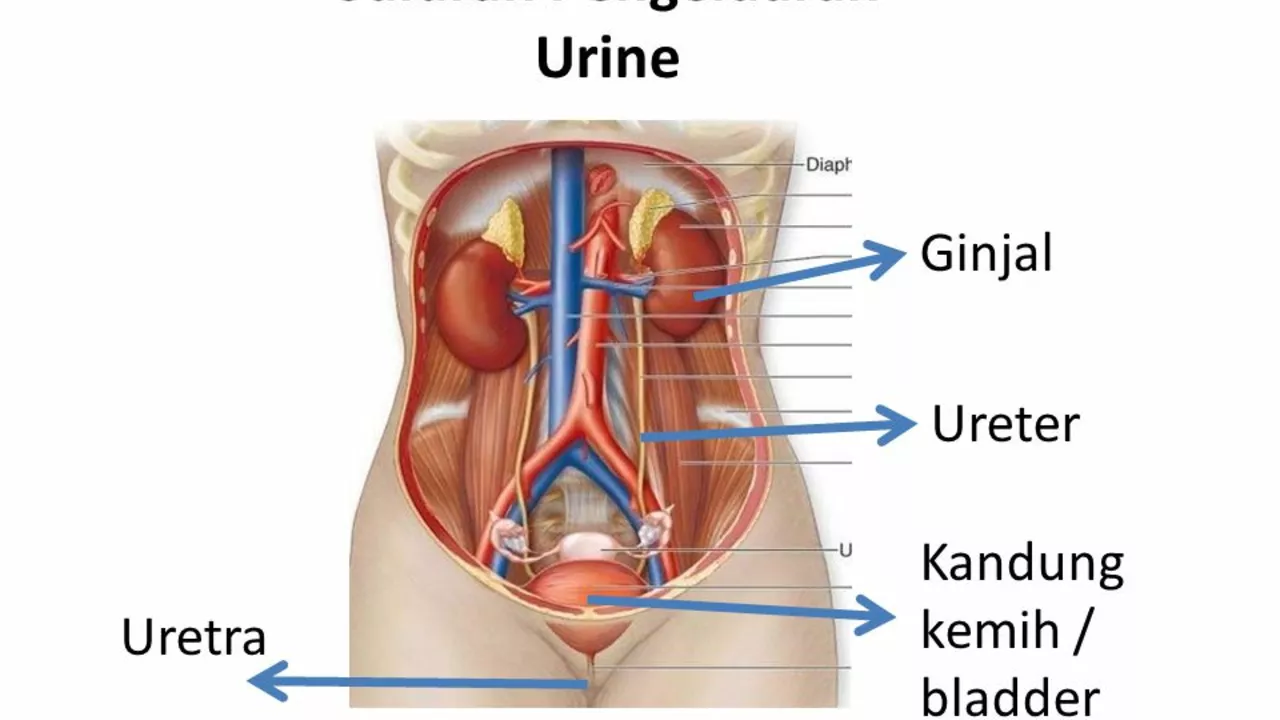Biofeedback: What It Is and Why It Works
Ever wish you could see your body’s signals in real time? Biofeedback does exactly that. It uses tiny sensors to turn things like heart rate, muscle tension, or skin temperature into visual or audio cues. When you can actually watch those numbers change, you learn how to control them with simple breath work, posture tweaks, or mental focus.
That might sound high‑tech, but the idea is plain: your nervous system responds to feedback just like a student learns from a teacher’s corrections. Over a few sessions you start to notice patterns—maybe stress spikes your heart rate and tightens shoulder muscles. Once you spot the link, you can break it on purpose.
Common Types of Biofeedback
Electromyography (EMG) tracks muscle activity. It’s handy for people with tension headaches or chronic neck pain because you see exactly which muscles are over‑working and learn to relax them.
Heart Rate Variability (HRV) biofeedback focuses on the time gaps between heartbeats. Better HRV usually means a calmer nervous system, so athletes and anyone dealing with anxiety love this method.
Thermal biofeedback measures skin temperature, often at the fingertips. Cold hands can signal stress; learning to warm them up through breathing can lower overall tension.
Electrodermal Activity (EDA) or GSR records sweat‑related skin conductance. It’s a quick way to spot sudden emotional spikes and practice calming techniques on the spot.
Getting Started with Biofeedback
If you’re curious, start small. Many smartphones now pair with cheap sensor kits that feed data into free apps. Plug in the sensors, follow the on‑screen prompts, and try a basic breathing exercise while watching your heart rate dip.
For deeper work, consider a licensed therapist who specializes in biofeedback. They’ll set up professional‑grade equipment, tailor sessions to your goals—whether that’s managing migraines, lowering blood pressure, or improving focus—and give you feedback you can trust.
A typical program runs 6–10 weekly visits, each lasting about 45 minutes. You’ll practice at home between appointments, using the same breathing or relaxation scripts you learned in the clinic.
When choosing a provider, ask about their certification (look for BCIA‑certified practitioners) and read reviews that mention reliability and clear communication. Don’t forget to verify that any equipment they use is FDA‑cleared if you’re in the U.S.
To keep progress steady, log your sessions. Note the sensor readings before and after each practice, what technique you used, and how you felt afterward. Over weeks you’ll see trends—maybe a particular breathing rhythm consistently lowers your HRV stress score.
Remember, biofeedback isn’t a magic fix. It works best when paired with other healthy habits: regular exercise, good sleep, and balanced nutrition. Think of it as a personal trainer for your nervous system—you give the cues, it shows you the results.
Ready to try? Grab a cheap sensor kit, download a reputable app like “HeartMath” or “EliteHRV,” and spend five minutes each morning watching your numbers while breathing in for four seconds, out for six. You’ll be surprised how quickly those simple changes show up on the screen.
Biofeedback puts you back in control of bodily stress responses. With a bit of practice, you can turn invisible signals into visible results and feel calmer, sharper, and more in charge of your health.

